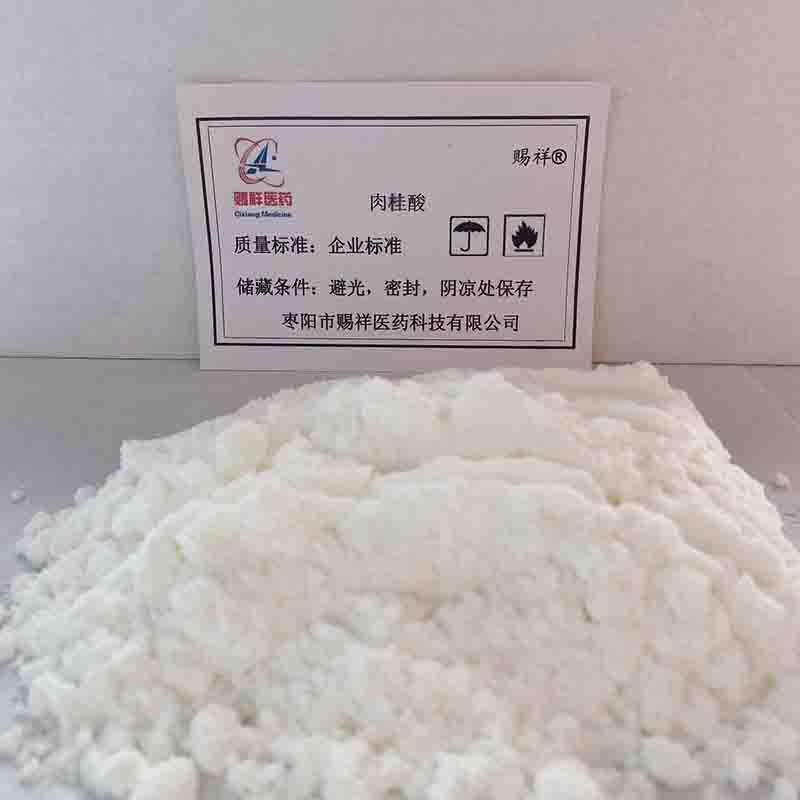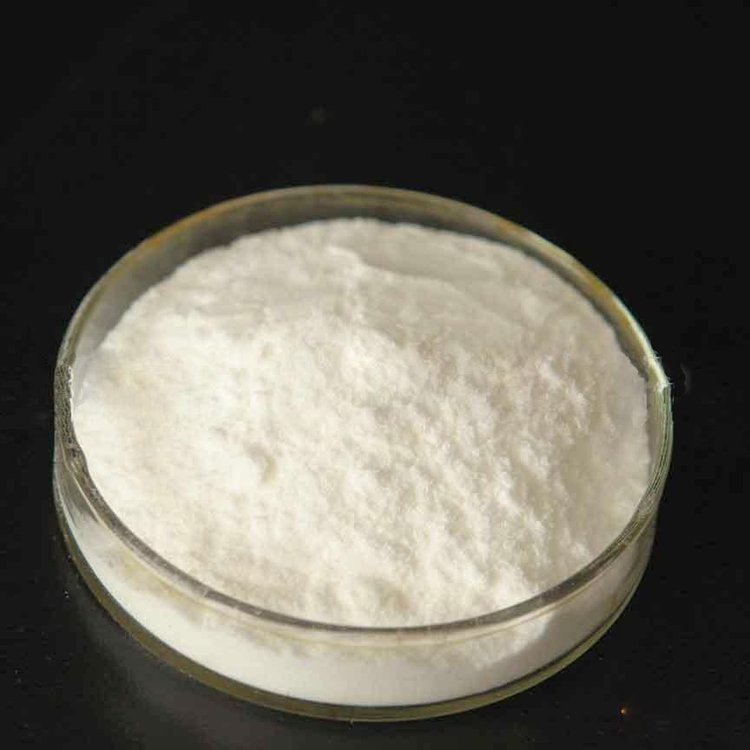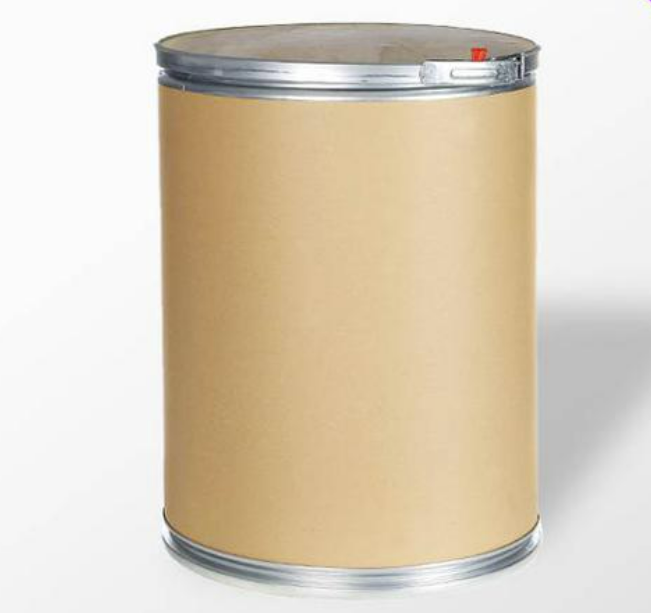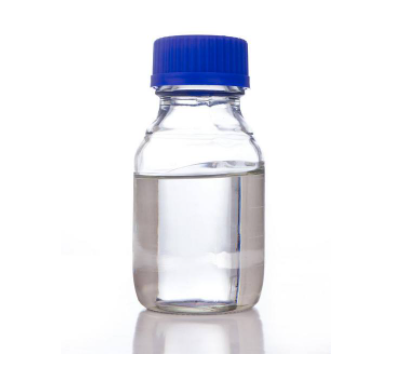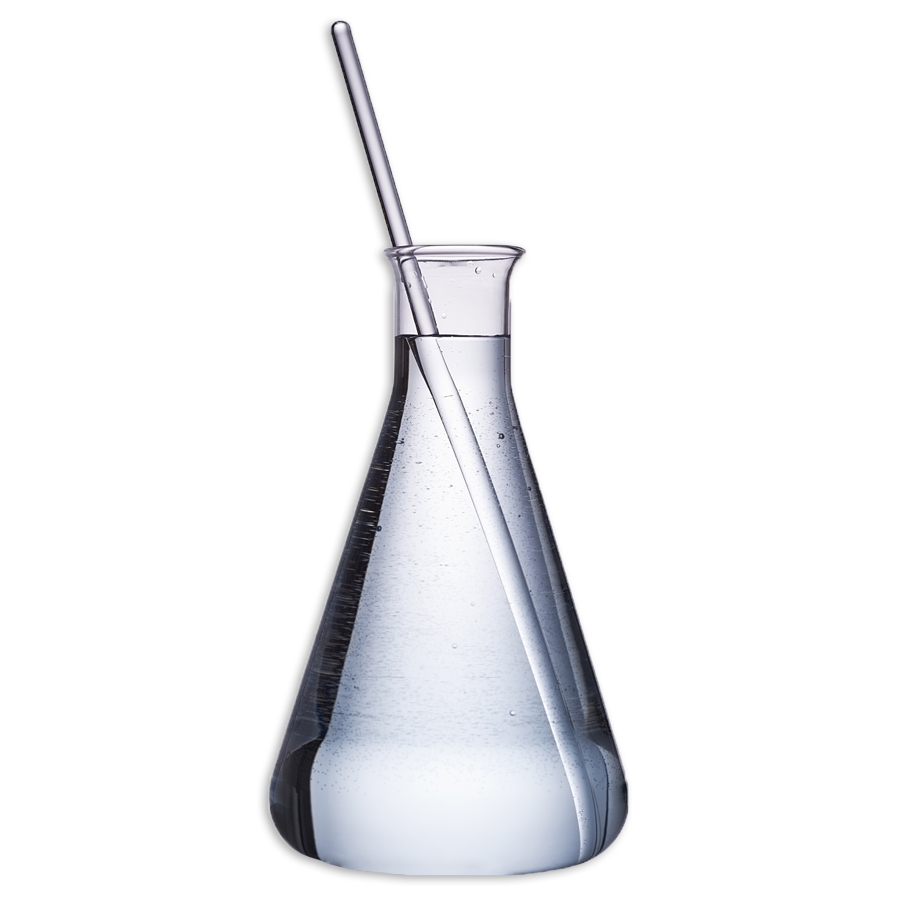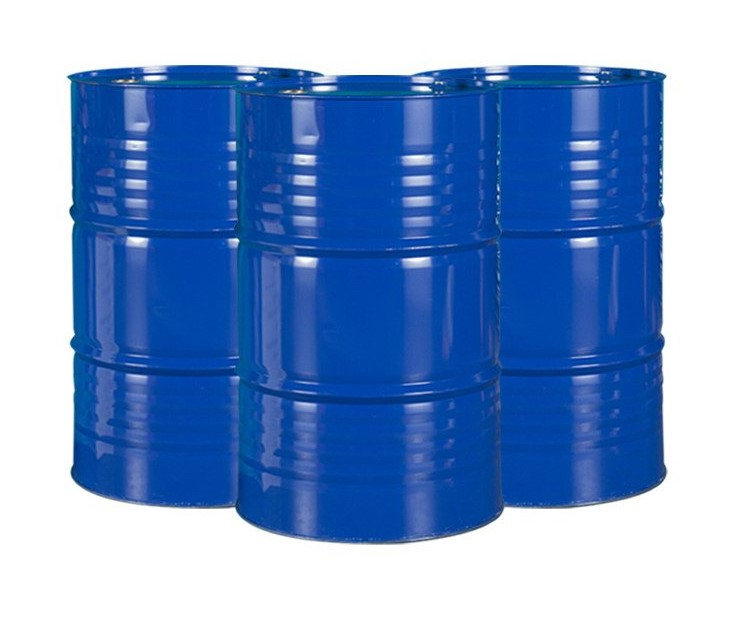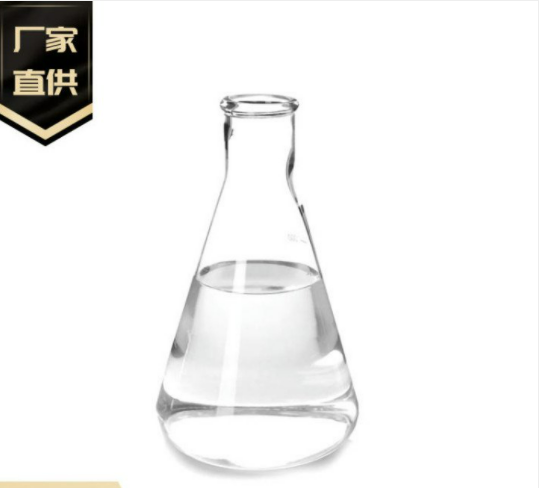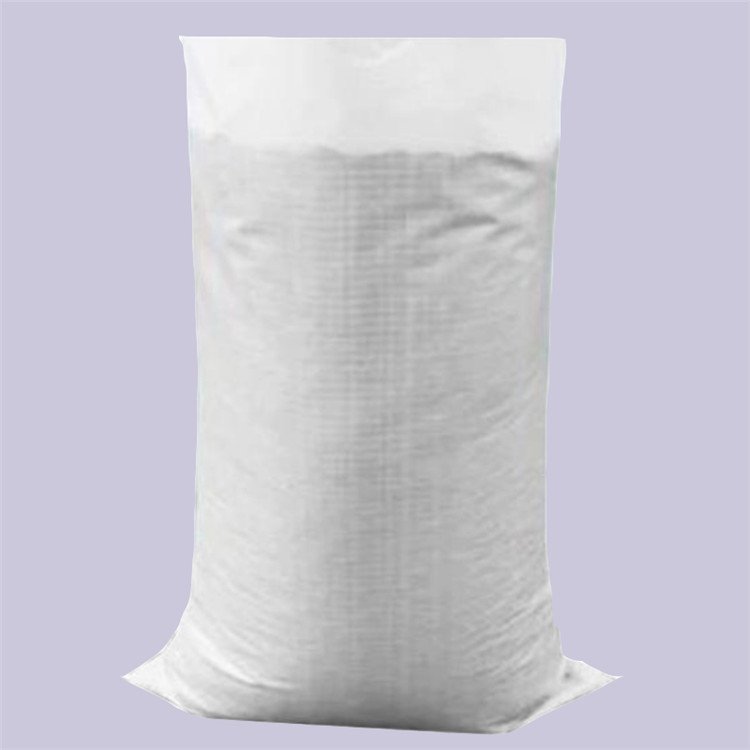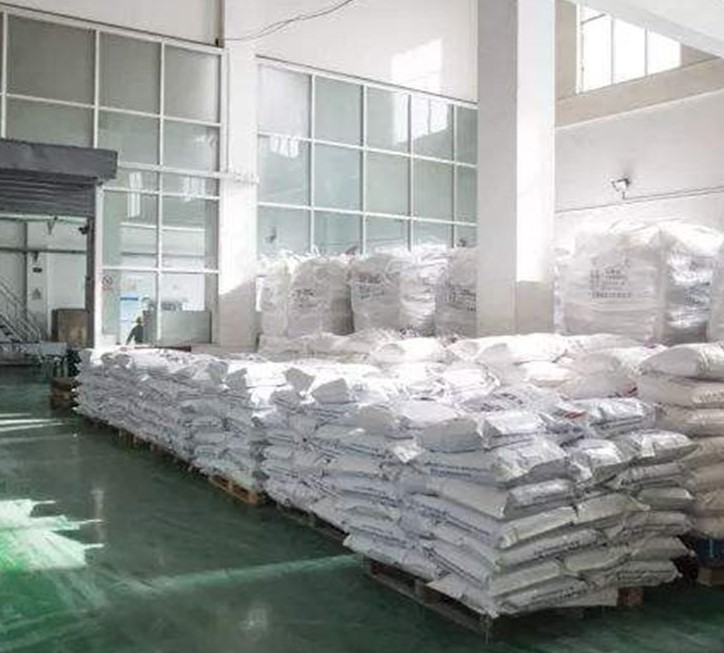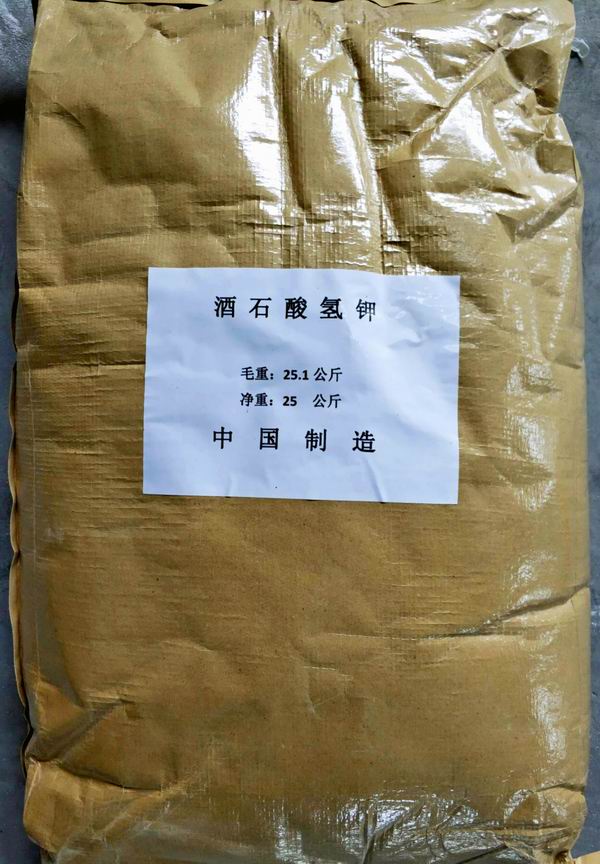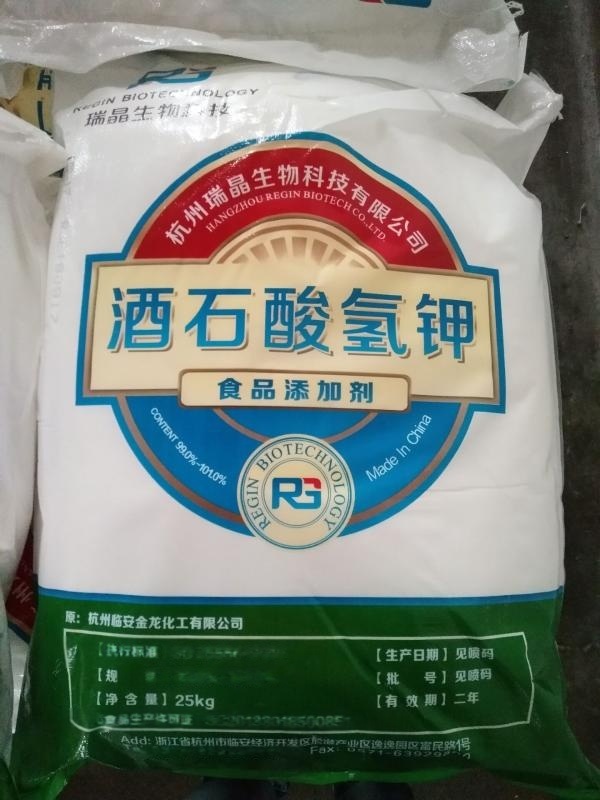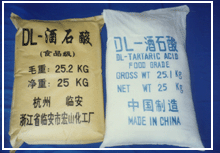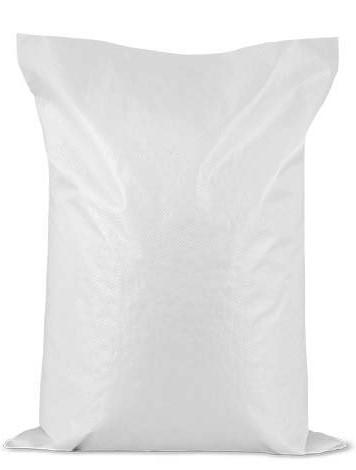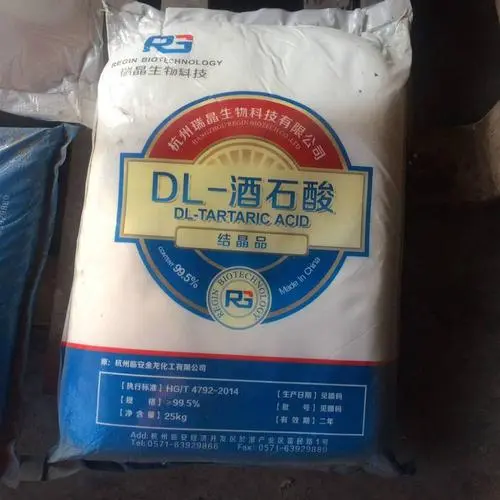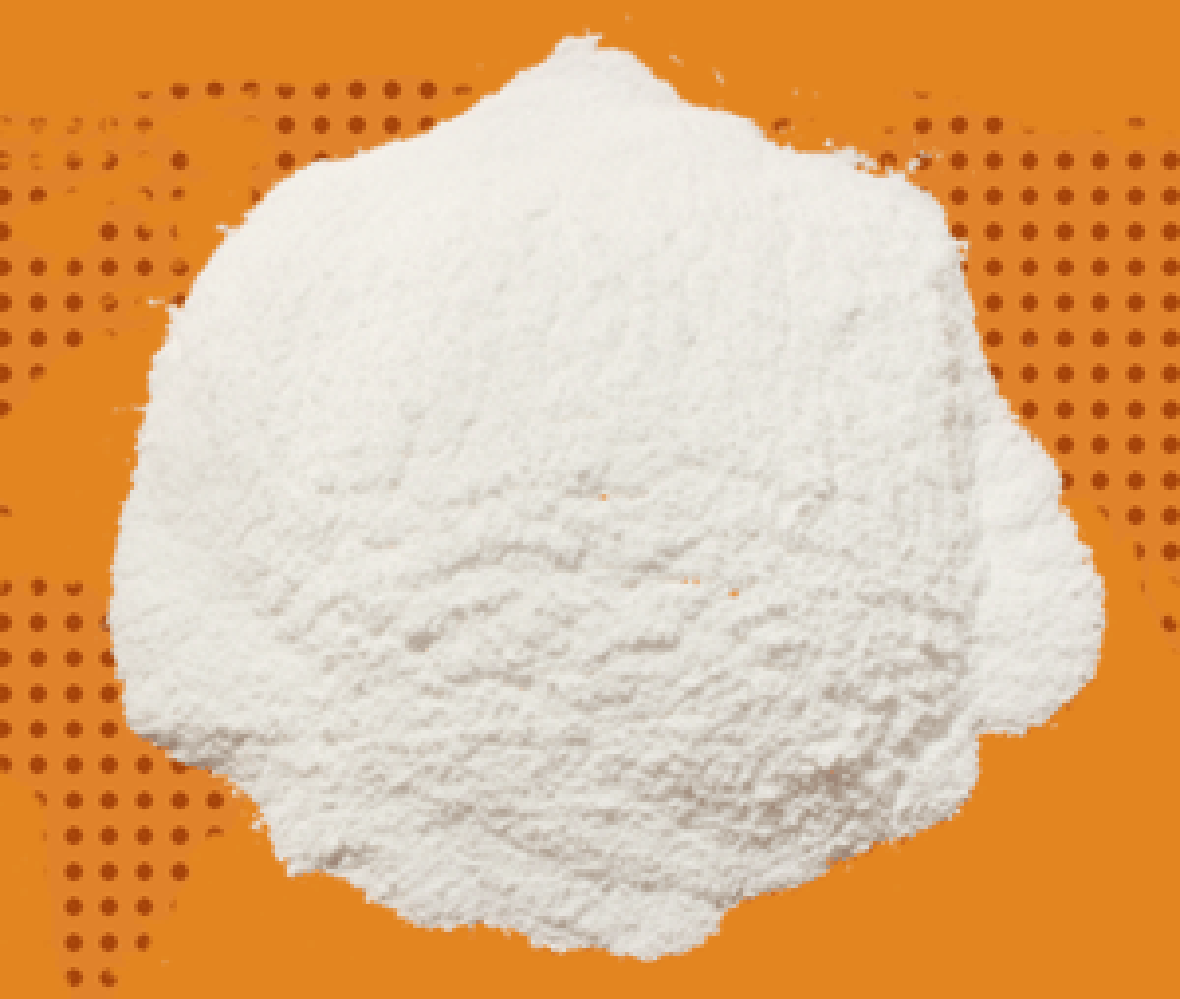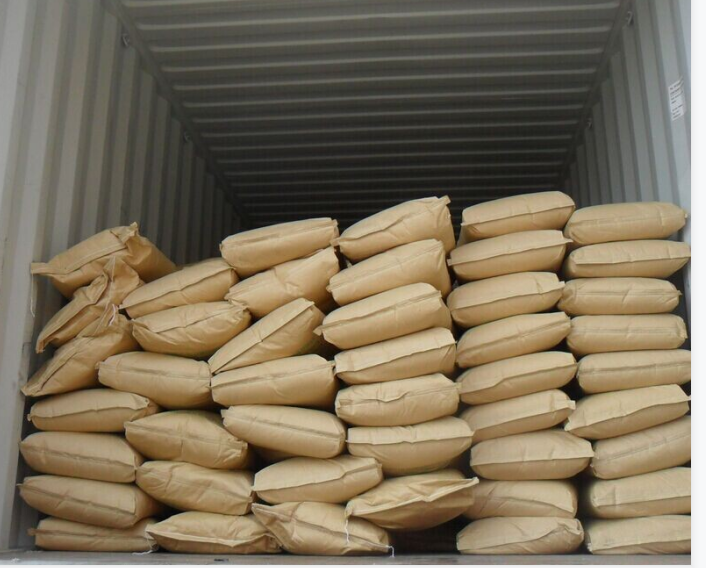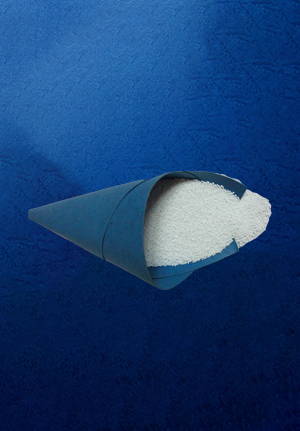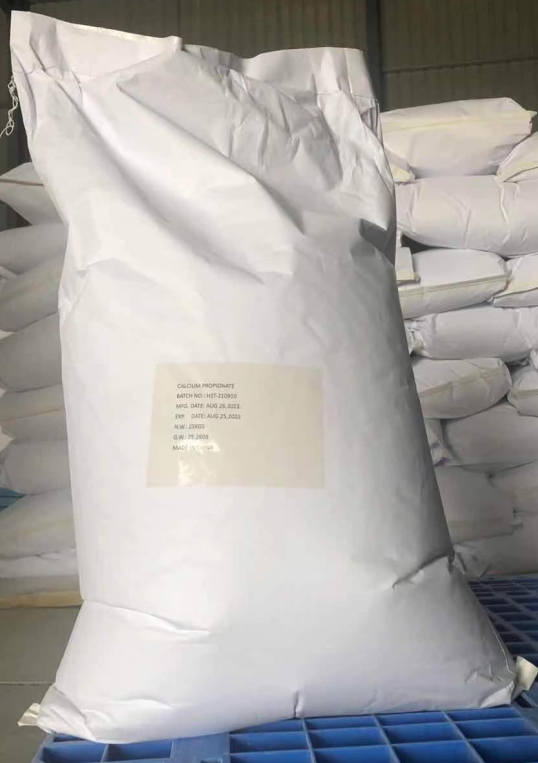Food Additive
Additives For Food Packaging
Feed Additive
Anti Corrosion and Preservation
Antioxidants
Colorant
Color Fixative
Bleaching Agents
Flour Treatment Agent
Emulsifier
Thickening Agent
Stabilizer and Coagulator
Anticaking Agent
Bulking Agent
Water Retention Agent
Chewing Gum Bases
Flavor Enhancer
Sweeteners
Acidity Regulators
Food Flavors and Fragrances
Nutritional Fortifier
Enzyme Preparation
Defoamer
Coating Agent
Other Food Additives
Feed Growth Promoters
Feed Trace Elements
Feed Amino Acids and Small Peptides
Feed Vitamins
Feed Deworming Health Agents
Feed Quality Enhancer
Additives For Feed Preservation
Feed Conditioner
Other Feed Additives
CAS:621-82-9
Molecular Formula:C9H8O2
Alias
More Information
2-Propenoicacid, 3-Phenyl-; 3-Phenylacrylic Acid; Trans-Cinnamic Acid; 3-Phenylpropenoic Acid; Phenylacrylic Acid; (E)-Cinnamic Acid; Trans-3-Phenylacrylic Acid
Brief Introduction
Cinnamic acid is a monocarboxylic acid that consists of acrylic acid bearing a phenyl substituent at the 3-position. It is found in Cinnamomum cassia. It has a role as a plant metabolite. It is a member of styrenes and a member of cinnamic acids. It is a conjugate acid of a cinnamate.
Suppliers
View More Vendors (4) >
Alias
More Information
N-Butanol; Normal Butanol; Butan-1-Ol; N-Butyl Alcohol; Butan Alcohol; Butanol-1; N-Butul Alcohol; 1-Butyl Alcohol; Butylowy Alkohol; Butanol; Butyl Alcohol
Brief Introduction
This product is used as chromatographic reagent and also for organic synthesis. It is a permitted edible spice. It is mainly used for making banana, cream, whisky and cheese. It is also used as solvent and pigment diluent for extraction.
Suppliers
View More Vendors (4) >
CAS:868-14-4
Molecular Formula:C4H5KO6
Alias
More Information
L(+)-Potassium Hydrogen Tartrate; L-(+)-Tartaric Acid Monopotassium Salt; Potassium Hydrogen Tartrate; Potassium L-Tartrate Monobasic; Potassium Hydrogen L-Tartrat Tartaric Acid Monopotassium Salt; Potassium Hydrogen L-Tartrate Tartaric Acid Monopotassium Salt
Brief Introduction
Potassium hydrogen tartrate can be used as analytical reagent, developer, reducing agent and bacterial inhibitor to make baking powder, diuretic and defecatory drugs, and to make tartrate. Potassium hydrogen tartrate is used to make baking powder, diuretic and defecatory drugs, and to make tartrate.
Suppliers
View More Vendors (4) >
CAS:133-37-9
Molecular Formula:C4H6O6
Alias
More Information
2,3-Dihydroxysuccinic Acid; Racemic Acid; DL-2,3-Dihydroxybutanedioic Acid; Resolvable Tartaric Acid; (2S,3S)-2,3-Dihydroxybutane-1.4-Dioicacid; 2,3-Dihydroxy-,(R*,R*)-(±)-Butanedioicacid; 2,3-Dihydroxybutanedioic Acid Hydrate; Tartaric Acid; 2,3-Dihydroxy-,(Theta,Theta)-(+/-)-Butanedioicaci; DL Tartaric acid
Brief Introduction
DL-Tartaric Acid is colorless crystal or white crystal powder, odorless and sour. It is a mixture of equal amounts of right-handed and left-handed tartaric acid, often containing one or two crystal water, heated to 100 ℃ ° It is soluble in water and insoluble in chloroform. DL tartaric acid can be used as sour taste agent, chelating agent, antioxidant synergist, aroma enhancer, quick acting leavening agent, acid substance, food pigment diluent and solidifying agent. DL-Tartaric Acid is widely used in food, medicine, chemical industry, light industry and other industries. It is mainly used in the manufacture of tartrate. In the food industry, it is used as beer foaming agent, food sour agent, taste corrector and sour agent of grape juice. It is also used in tanning, photography, glass, enamel, telecommunication equipment, etc.
Suppliers
View More Vendors (4) >
CAS:137-40-6
Molecular Formula:C3H5NaO2
Alias
More Information
Bioban-S; Propionate Sodium Salt; Propanoic Acid, Sodium Salt; Mycoban; Keenate; Sodium N-Propionate; Propionic Acid Sodium Salt; Spac; Propisol; Impedex; Deketon; Whit-Pro; Propion; Napropion; Sodiumpropanoate
Brief Introduction
Sodium propionate is an acid preservative, and its antibacterial effect is affected by pH. The mic was 0.01% at pH5.0 and 0.5% at pH6.5. In acidic medium, it has strong inhibitory effect on all kinds of mold, aerobic Bacillus or Gram-negative bacilli. It is effective to prevent the production of aflatoxin, but almost ineffective to yeast. As a preservative, sodium propionate is mainly used in food, feed and cosmetics. Sodium propionate is used as a masking agent in leather making to improve the alkali resistance and tanning uniformity of leather.
Suppliers
View More Vendors (4) >
Inquiry (
10
/ 10
)
Clear All
Sign In
Error!

